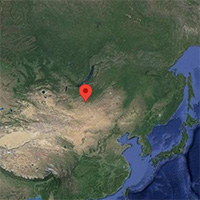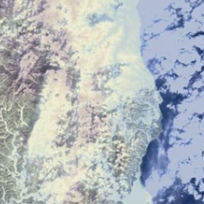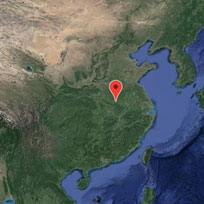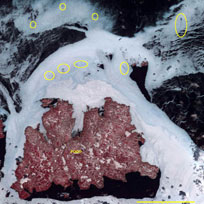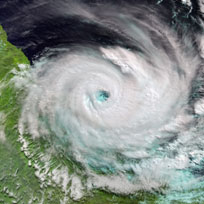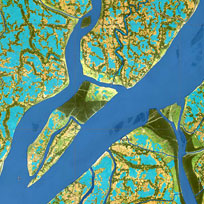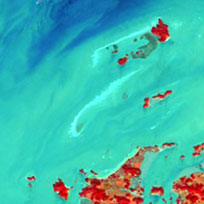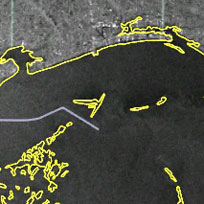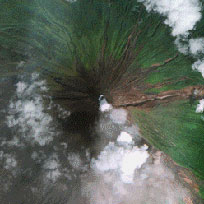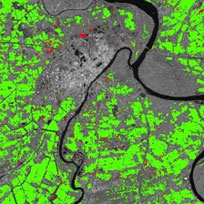Snow and Ice
When temperatures drop below the freezing point, and there is sufficient water in clouds, it can result in snow. Snow storms can quickly cause disruption to inhabited areas if the ground temperature is cold enough for the snow to settle.
As the amount of snow builds up, road, rail and air traffic can all be affected or be brought entirely to a halt with routes made impassable or conditions too hazardous to risk travel. People can be left trapped in vehicles, with no recourse but to wait for conditions to improve or for rescue to arrive. Infrastructure is placed at risk if power generators fail, leaving vulnerable residents at risk of hypothermia.
If temperatures remain low, the snow remains unless physically removed and compacted snow underfoot forms into ice. Ice - on the surface of water or in compacted snow - makes for treacherous conditions and can result in injuries if people slip and fall. Water sources may freeze, cutting off access for residents to clean water or heat.
If temperatures rise quickly, and there are large quantities of snow and ice remaining, they may melt and cause flash floods; bringing another form of disaster to the affected area.
In addition to snow affecting inhabited areas, vessels at sea also face hazards with sea ice. Shipping routes in the polar regions can be treacherous, with conditions changing in unpredictable ways. Satellites can help to map these routes, identifying risks for vessels and locating ships which may find themselves trapped in ice.
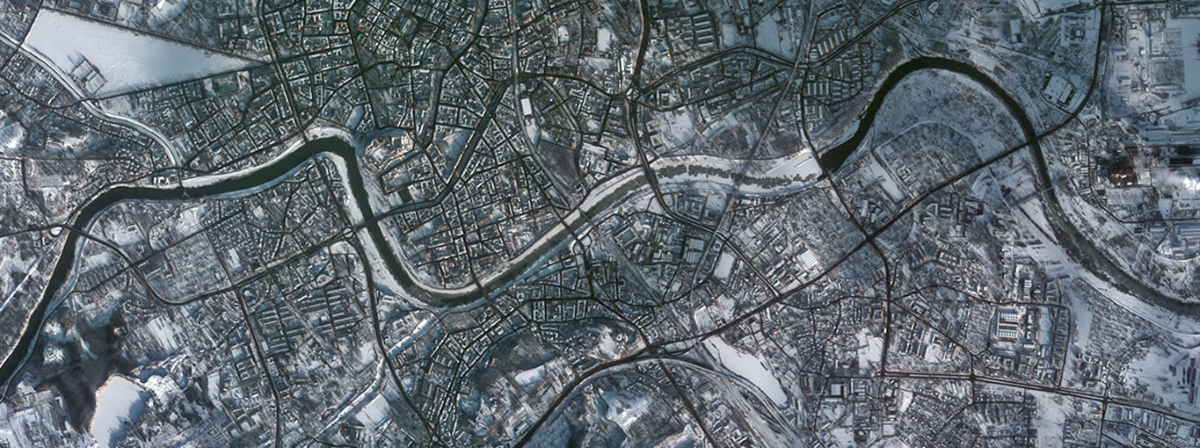
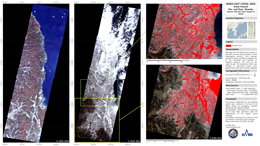
Korea east coastal area - Snow Hazard - Pre- and Post- Disaster
Acquired: Pre-disaster: 12/11/2010
Post-disaster: 12/02/2011
Source: ALOS
${media-credit-description.data}
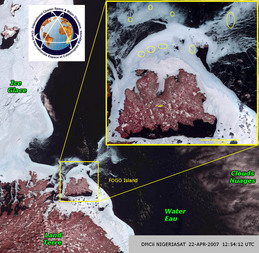
NigeriaSat-1, 22/04/2007
Acquired: 22/04/2007 NigeriaSat-1 image showing shows the area of interest on April 22 around 10:30 a.m. Newfoundland time. The false-colour image shows the area around Fogo Island, where several darker spots in the ice pack indicate the positions of ice-bound vessels.
Source: NigeriaSat-1, resolution
${media-credit-description.data}

 English
English Spanish
Spanish French
French Chinese
Chinese Russian
Russian Portuguese
Portuguese
